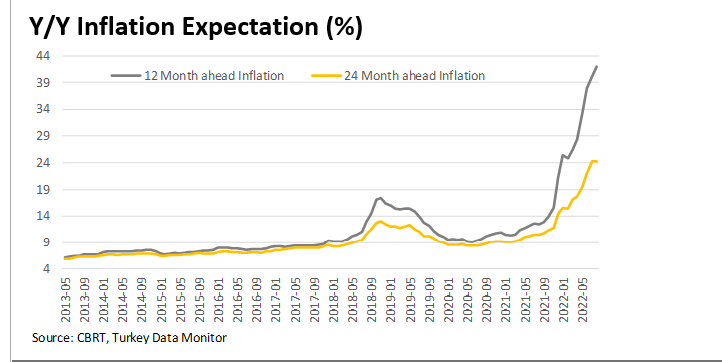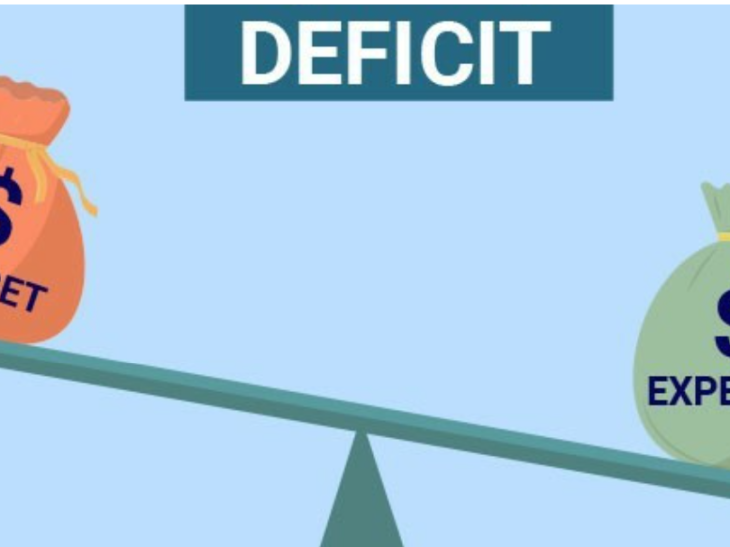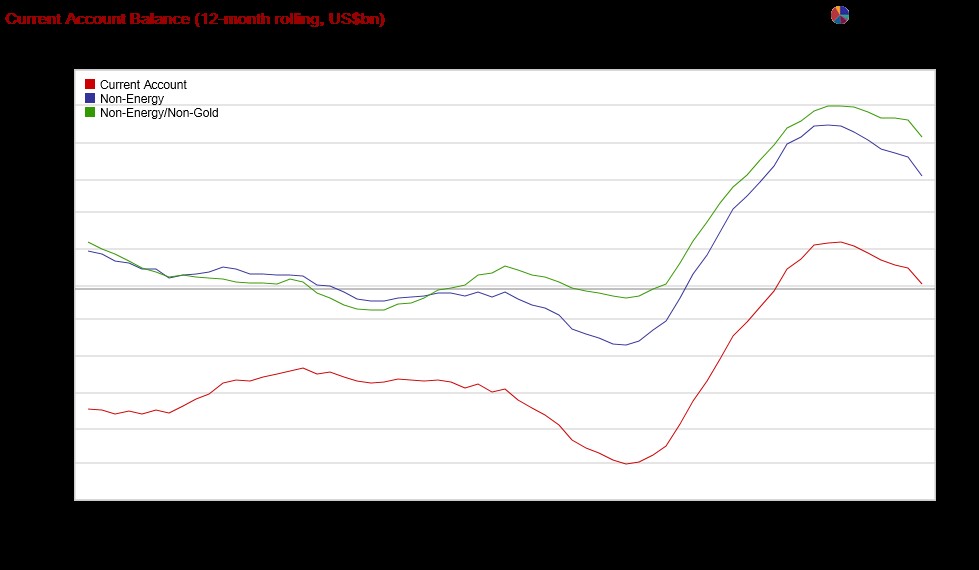Economist Sengul: Central Bank rate hike more damaging than useful
 tcmb1
tcmb1
In its off-calendar meeting held yesterday, the CBRT assessed the risks that developments in financial markets could pose to the inflation outlook and increased the overnight lending rate, which is the upper band of the interest rate corridor, to 46.0%, but kept the weekly repo rate at 42.5% and the overnight borrowing rate at 41.0%.
While the decision was only a signal due to the upper band not being actively used, the CBRT canceled the weekly repo auctions where all funding was provided and made the upper band of the corridor the main funding tool. Thus, banks whose access to TL funding from weekly repo was closed were directed to O/N window, with the weighted average funding cost (WAC) of banks raised to 46% without changing the policy rate.
As will be recalled, before the simplification steps in monetary policy were taken in 2016, the CBRT chose flexibility in the trade-off between flexibility and predictability in monetary policy while managing the market turbulence after the 2008 Lehman crisis and tried to steer monetary policy with a wide range of interest rates, a method whose effectiveness is quite questionable.
At that time, we argued that predictability should not be abandoned, new uncertainties should not be added to those already experienced in the markets, concluding the pursuant simplification steps as a correction of a mistake. Today, with the increase in uncertainty, the CBRT seems to have preferred flexibility to predictability, once again. If volatility calms down quickly, the step it took may be considered temporary and additional steps may not be needed.

However, our past experiences show that the time lost during these periods may necessitate larger interest rate hikes in the future. Moreover, the amount of reserves required to suppress exchange rate volatility may increase to undesirable dimensions. In such a situation, the steps taken to eliminate inflationary effects are not sufficient to establish either price stability or financial stability.
CBRT may not be able to cut rates in April
On the other hand, we can say that the only contribution of the recent TCMB steps to predictability is that the TCMB will not be able to continue with interest rate cuts at the MPC meeting to be held on April 17. Although it is difficult to make numerical inferences yet, it seems inevitable that the movement in the exchange rate will push the year-end inflation expectation up. This will also require the TCMB to enter a wait-and-see mode at least in April and take policy action according to developments. Assuming that no new unplanned meetings will be needed during this process, the critical dates ahead will be the March inflation to be announced on April 3, the MPC meeting on April 17, April inflation on May 5 and the Inflation Report presentation to be held on May 22.
Ozlem Derici Sengul, economist and consultant, Spinn Consulting
IMPORTANT DİSCLOSURE: PA Turkey intends to inform Turkey watchers with diverse views and opinions. Articles in our website may not necessarily represent the view of our editorial board or count as endorsement.
Follow our English language YouTube videos @ REAL TURKEY: https://www.youtube.com/channel/UCKpFJB4GFiNkhmpVZQ_d9Rg
And content at Twitter: @AtillaEng
Facebook: Real Turkey Channel: https://www.facebook.com/realturkeychannel/






